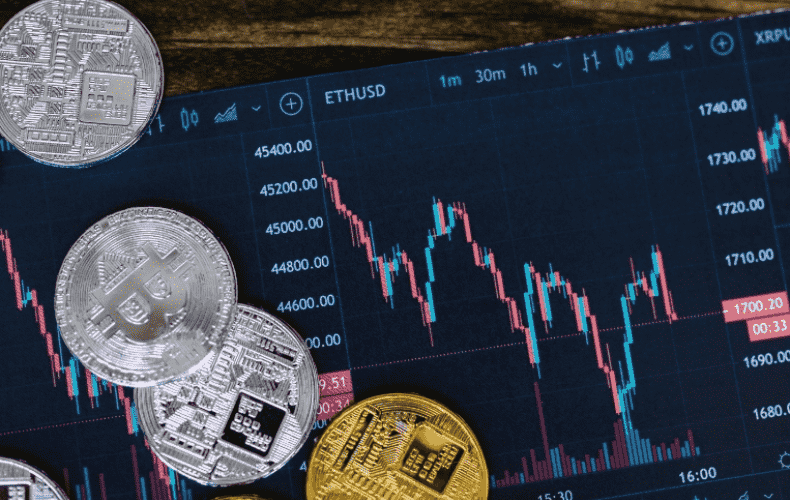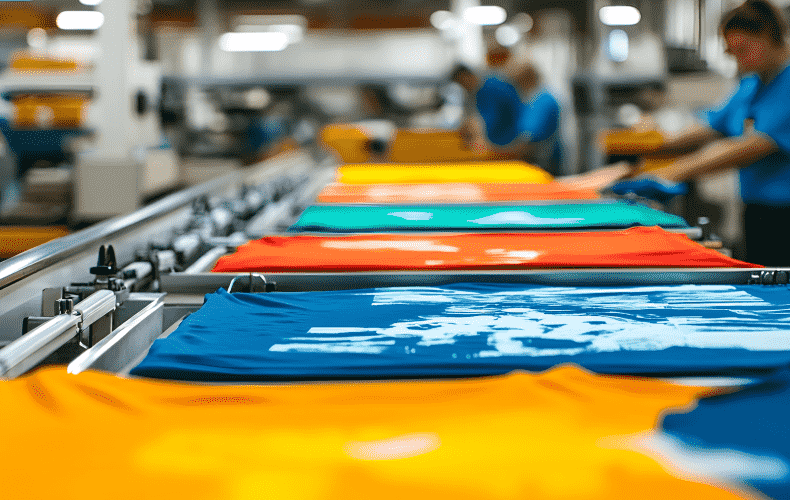
Poker Events That Dominate the International Gaming Scene
Section: Arts
Steel was the material of progress during the industrial revolution, while the twentieth century was the age of Mylar, Duraplex and other creatively named plastics.
Nowadays, elements like neodymium and lanthanum constitute progress, sounding like they are straight out of sci-fi fictions.
These and similar elements, collectively known as rare-earths, make up one of those lists awkwardly appended at the bottom of periodic tables. Thanks to high reactivity, resistance, as well as electric and magnetic properties, rare-earths hold the keys of the renewable energy revolution.
Take wind turbines, for example - Pushed by the wind, the turbine turns a metal coil, surrounded by magnets. The moving coil generates a current inside it, much like the dynamo of a bike's. The stronger the magnets around the coil, the more electricity can be drawn, and permanent magnets based on the rare earth 'neodymium' are the world's most powerful we can manufacture. Literally tons of this rare earth is deployed in each wind farm.
But it doesn't end with magnets: lanthanum is used in rechargeable batteries for hybrid and electric cars, europium and ytterbium line fluorescent lamp tubes, electronic devices employ a collection of them, and the list goes on and on.
As their name suggests, rare-earths come out of the ground but, despite their name, they aren't rare at all: in absolute numbers, they are much more common than gold; rather, they are scattered in low concentrations all around the globe. Pushed by the high interest in these commodities, much research goes into identifying new deposits where they appear (generally many at the time) in slightly larger numbers.
However, mining rare-earths have enormous environmental costs. According to Eric Schelter, a professor of chemistry at the University of Pennsylvania, these energy-intensive operations can produce toxic and radioactive waste. "The overall impact of mining rare earth ores is worse than conventional ones," he says, "though there is some variability depending on the type of mineral being mined."
Unsurprisingly, then, researchers also look for sources that don't involve digging. For example, retrieving them from the waste of refining other metals, or from the ashes of coal-burning. Or, as in a study by Dr. Schelter's group, recycling them. "The raw materials in your cell phone or electric car constitute a huge energy and environmental cost, but never 'burn out' and can be used indefinitely," Dr. Schelter says.
Separating the rare-earths from the rest of the materials is environmentally costly in recycling as in mining. But, according to Dr. Schelter only a few specific rare-earths is used at a time, so scientists can develop simpler processes that target a specific element to extract.
Most importantly, he says, recycling is an expensive business for relatively cheap materials: "Mined materials are still cheaper: new technology (chemistry and engineering) are sorely needed to make recycling comparable to mining, in terms of prices."
Before we herald a real revolution in energy production, we'll need one in the supply of these precious---if not rare---elements.
Image credit: Anna Jimenez Calaf/Unsplash.com

Section: Arts

Section: News

Section: Business

Section: Arts

Section: Arts

Section: Business

Section: Business

Section: Arts

Section: Health

Section: Arts
Health Insurance in Germany is compulsory and sometimes complicated, not to mention expensive. As an expat, you are required to navigate this landscape within weeks of arriving, so check our FAQ on PKV. For our guide on resources and access to agents who can give you a competitive quote, try our PKV Cost comparison tool.
Germany is famous for its medical expertise and extensive number of hospitals and clinics. See this comprehensive directory of hospitals and clinics across the country, complete with links to their websites, addresses, contact info, and specializations/services.
Join us for an enchanting evening dedicated to the theme of love, featuring the vibrant sounds of flamenco, rumba, and romantic ballads. Ricardo Volkert & Ensemble will present 'Amor! Amor! Amor!', a celebration of love through passionate guitar melodies, virtuosic cello and bandoneon...



No comments yet. Be the first to comment!